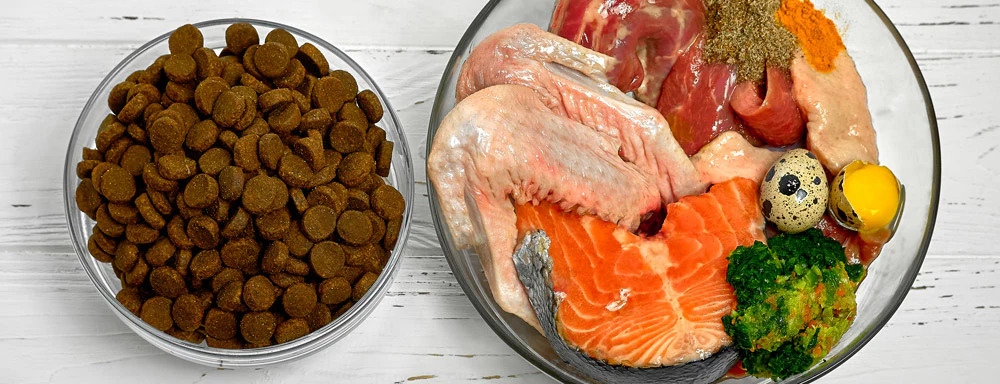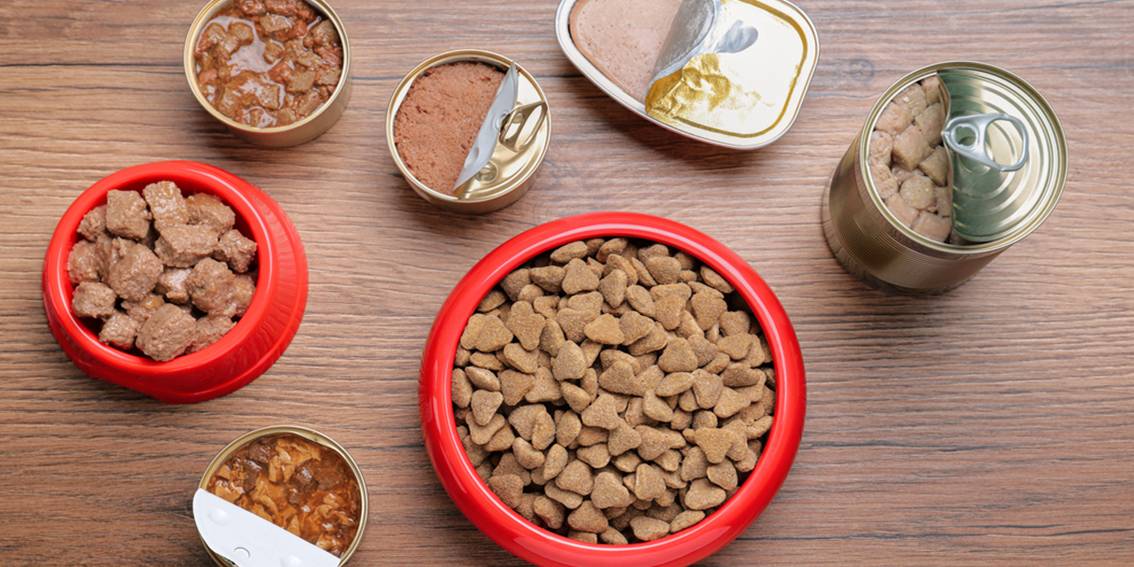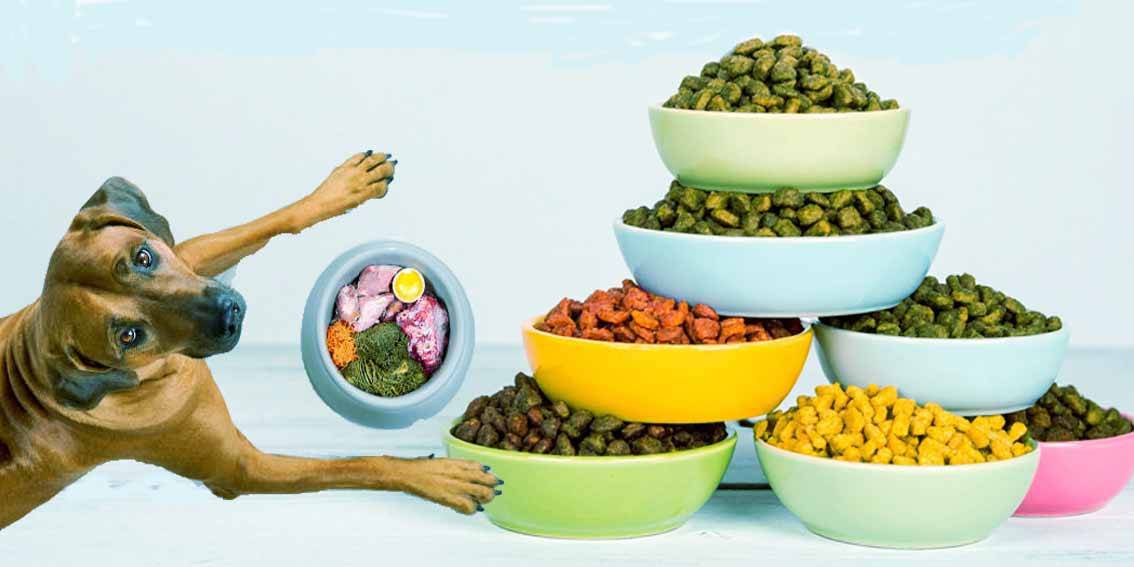The Dog Food with Significant Nutritional Benefits
Wet Food for Dogs: Many dogs show great excitement at meal time. The distinct aroma and texture of wet food often trigger this joy. But wet food offers more than just a tempting smell. It provides significant nutritional benefits that make it an excellent choice for many canine companions.
The Hydration Advantage
Moisture content is the most significant benefit of wet food. Canned or pouched food contains up to 78% water. This high moisture level supports overall hydration. It is especially beneficial for dogs that do not drink enough water on their own. Proper hydration promotes healthy kidney function. It also aids in urinary tract health. Senior dogs, in particular, often benefit from this built-in source of water.
Enhanced Palatability and Appetite
Dogs primarily choose food based on smell. Wet food has a strong, meaty aroma that most dogs find irresistible. This makes it an ideal solution for picky eaters. It can also encourage dogs with poor appetites to eat. Dogs recovering from illness often find wet food more appealing. The soft texture is also easier for puppies, seniors, or dogs with dental issues to chew and swallow.
High-Quality Protein Content
Wet Food for Dogs: Wet food formulas typically feature high-quality meat as the first ingredient. The canning process allows for whole meats and animal by-products to remain moist and palatable. These animal-based proteins provide essential amino acids. They support strong muscles, healthy skin, and a shiny coat. The protein is often highly digestible, meaning a dog’s body can use it efficiently.
Managing Weight and Health
Wet food can be a helpful tool for weight management. It generally has fewer carbohydrates than dry kibble. The high water and protein content helps dogs feel full and satisfied on fewer calories. This can prevent overeating. Veterinarians may recommend specific wet food formulas for dogs with medical conditions like kidney disease or diabetes. These diets help manage nutrient intake precisely.
Considerations for Feeding
Wet food does have some drawbacks. It is more expensive per serving than dry food. Once opened, you must refrigerate it and use it within a few days. It provides little mechanical cleaning for a dog’s teeth. Unlike crunchy kibble, soft wet food does not scrape away tartar. Owners should practice good dental hygiene if feeding a primarily wet diet.
Incorporating Wet Food into the Diet
You do not have to choose exclusively wet or dry food. Many owners use wet food as a “topper” mixed with kibble. This enhances the meal’s flavour and moisture content. It can make dry food more appealing. Always ensure the total daily amount aligns with your dog’s caloric needs. Consult your veterinarian to determine the best feeding plan for your dog’s specific life stage and health status.
Conclusion
Wet food is a valuable option in the world of canine nutrition. Its high moisture content, superior palatability and quality ingredients offer clear benefits. For hydration, picky eaters, or specific health needs, wet food provides a nutritious and delicious solution. It helps ensure our dogs not only eat well but also enjoy every bite.




